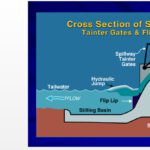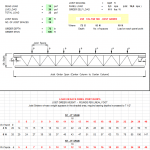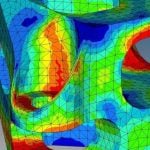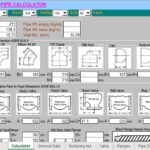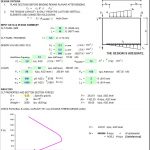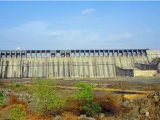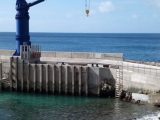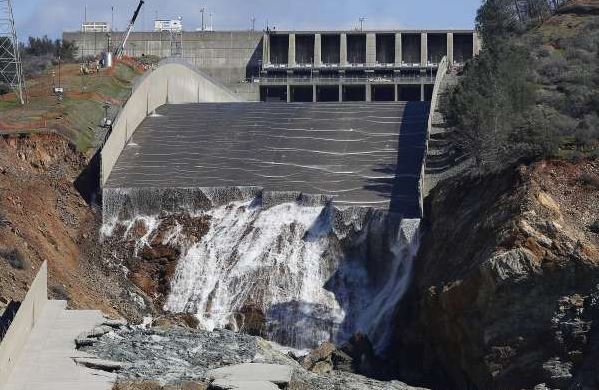
Spillway Function and Classification
24 December 2019Spillway Function and Classification
Project functions and their overall social, environmental, and economic effects may influence the hydraulic design of the spillway. Optimization of the hydraulic design and operation requires an awareness by the designer of the reliability, accuracy, sensitivity, and possible variances of the data used.
The ever-increasing importance of environmental considerations requires that the designer maintain close liaison with other disciplines to assure environmental and other objectives are satisfied in the design.
Spillway Function
The basic purpose of the spillway is to provide a means of controlling the flow and providing conveyance from reservoir to tailwater for all flood discharges up to the spillway design flood (SDF). The spillway can be used to provide flood-control regulation for floods either in combination with flood-control sluices or outlet works, or in some cases, as
the only flood-control facility.
A powerhouse should not be considered as a reliable discharge facility when considering the safe conveyance of the spillway design flood past the dam. A terminal structure to provide energy dissipation is usually provided at the downstream end of the spillway. The degree of energy dissipation provided is dependent upon the anticipated use of the spillway and the extent of damage that will occur if the terminal structure capacity is exceeded.
The standard project flood is a minimum value used for terminal structure design discharge. The designer must keep in mind that damage to the dam structure that compromises the structural integrity of the dam is not acceptable. Acceptance of other damages should be based on an economic evaluation of the extent of damage considering the extremely infrequent flood causing the damage.
Spillway Classification
Spillways are classified into four separate categories, each of which will serve satisfactorily for specific site conditions when designed for the anticipated function and discharge.
1. Overflow Spillway
This type of spillway is normally used in conjunction with a concrete gravity dam. The overflow spillway is either gated
or ungated and is an integral part of the concrete dam structure.
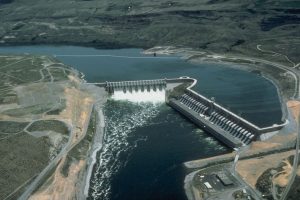
Figure 1 : Chief Joseph Dam overflow spillway
2. Chute Spillway
This type of spillway is usually used in conjunction with an earth- or rock-filled dam; however, concrete gravity dams also employ chute spillways. In these cases the dam is usually located in a narrow canyon with insufficient room for an overflow spillway. The chute spillway is generally located through the abutment adjacent to the dam; however, it could be located in a saddle away from the dam structure.
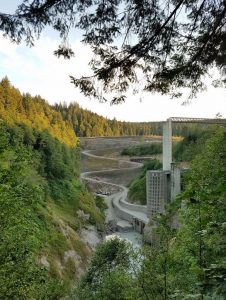
Figure 2 : Mud Mountain Dam
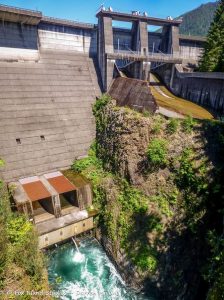
Figure 3 : Wynoochee Dam
3. Side Channel Spillway
This type of spillway is used in circumstances similar to those of the chute spillway. Due to its unique shape, a
side channel spillway can be sited on a narrow dam abutment. Side channel spillways generally are ungated; however, there is no reason that gates cannot be employed.
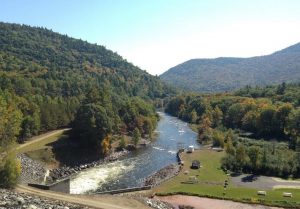
Figure 4 : Townshend Dam side channel spillway
4. Limited Service Spillway
The limited service spillway is designed with the knowledge that spillway operation will be extremely infrequent, and when operation occurs, damage may well result. Damage cannot be to the extent that it would cause a catastrophic release of reservoir water.

